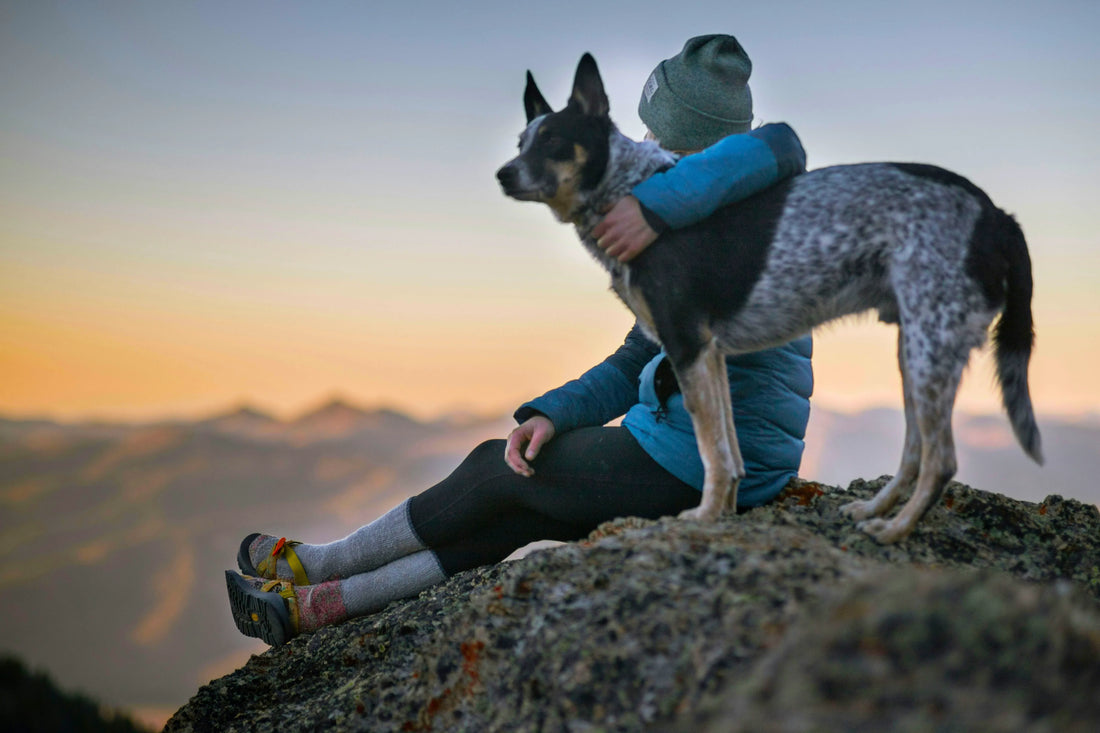If you’ve ever thought, “I wish I could understand my dog’s body language,” you’re not alone. Dogs are communicating all the time, through posture, ears, eyes, and tails. The problem isn’t that they aren’t speaking. It’s that we haven’t learned how to listen yet.
This guide breaks down the basics so you can start spotting the whispers before they become shouts.
Posture Speaks First
Before barking ever starts, your dog’s body tells a story. Watch their weight and overall stance:
- Forward lean: Excitement, interest, or sometimes tension. Think of a dog stretching toward a squirrel.
- Stiff and tall: A sign of alertness or challenge. The body gets rigid before the sound does.
- Curved and soft: Relaxed, safe, and open to connection. You’ll see this after a good sniff or calm greeting.
Most people think their dog’s forward lean toward the fence means he wants to say hello. But a stiff tail will tell you they're actually uneasy. Catching that will stop a scuffle before it starts.
Ears and Tail: The Easy-to-Miss Cues
We love to focus on tails, but ears often move first.
- Ears forward: Alert, focused, gathering info.
- Ears back or sideways: Stress, appeasement, or discomfort.
- Neutral tail wag: Friendly interest.
- Low, slow wag: Anxiety or uncertainty. It’s not always joy.
- Tucked tail: Fear, insecurity, or submission.
Reflection moment: Have you ever mistaken a wagging tail for happiness, only to realize later your dog was overwhelmed? That happens to everyone. It’s part of learning this language.
Stress Signals You’ll Want to Notice
Dogs rarely go straight to “big” behavior. Stress leaks out through small signs first:
- Lip licking outside of eating
- Yawning when not tired
- Turning head away or avoiding eye contact
- Freezing for a second or two
Reflect on Missed Signals
Think back to the last time your dog “suddenly” reacted. What did their body say in the 30 seconds before? Journaling these details helps turn “what just happened?” into “I saw it coming.”
Workbook or Body Language Guide
To go deeper, use the Better Dog People Workbook alongside the Dog Body Language: A Guide to Understanding Canine Communication PDF. Together, they help you track signals, reflect on your own responses, and build the skill of seeing subtle shifts before they escalate.
Understanding your dog’s body language is the difference between reacting after the fact and preventing stress before it builds. It’s not always about obedience. Sometimes, it’s about empathy. The more you learn the language, the more your dog will feel heard.

